



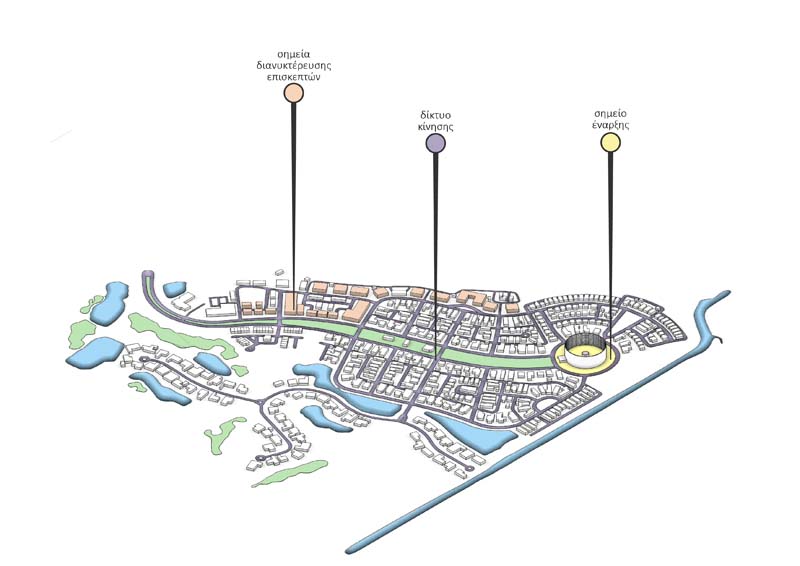

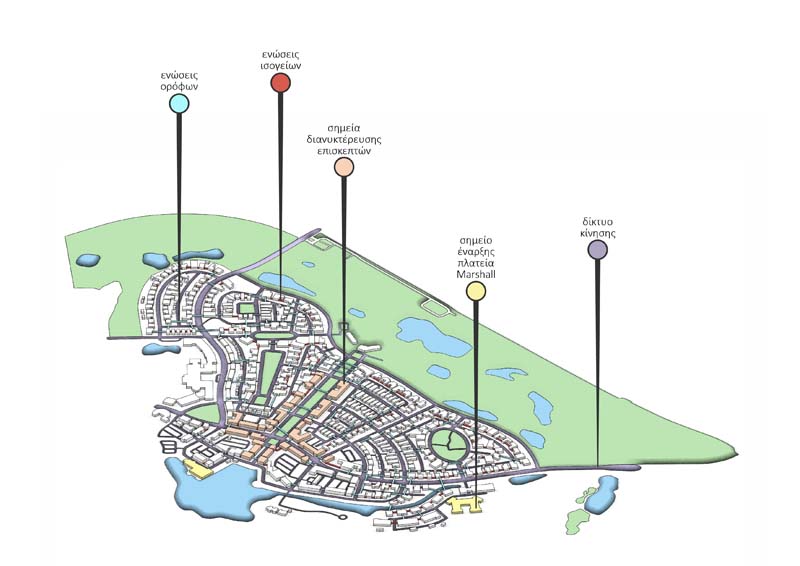

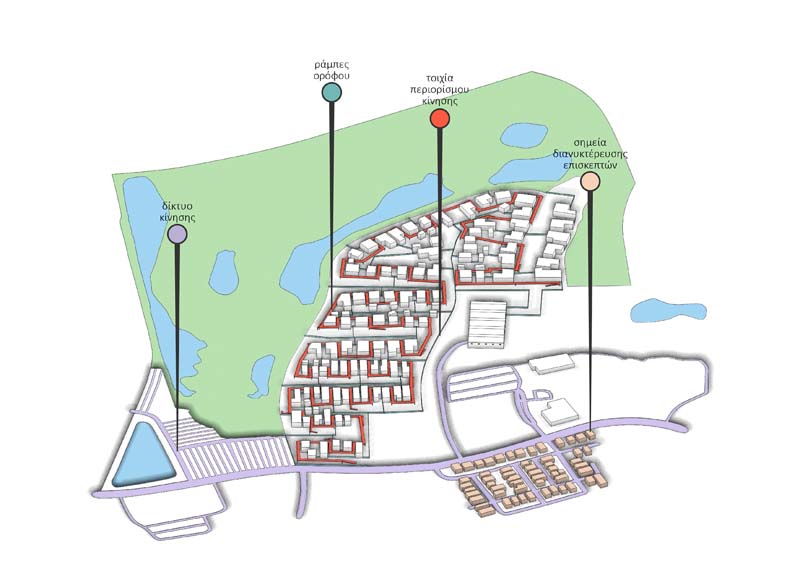

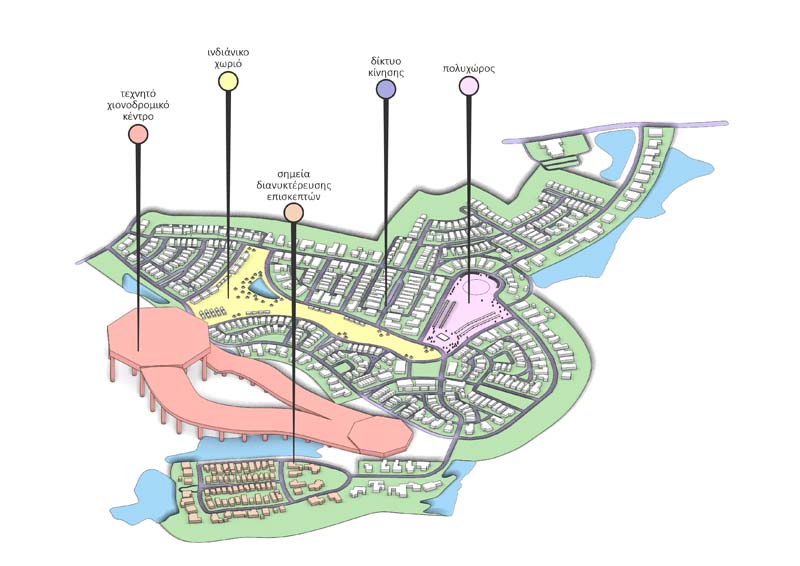

This diploma thesis deals with the regeneration of a community in Florida and its transformation into a theme park. The company of Walt Disney is the dominant one in this type of entertainment which is characterized by a linear narrative. It is a group of hundreds of subsidiaries in the fields of entertainment, real estate, publishing, etc. Celebration City, a suburban community of 10,000 people in Florida, built by Disney in 1996, has been our basic case study and the plot of conversion into a theme park. It is a community embedded in the movement of New Urbanism, the typical American suburb that moves away from city centers seeking security and subjective homogeneity, coupled with the great embrace of the Walt Disney family. Through our theoretical and analytical tools, we have identified the syntax of the spatial structure of Celebration as a collection code that collects its functions thematically. Every open search attempt is converted into a directed search through its thematized structure. Taking into account the violent turmoil that broke out and the state of emergency that arose due to the fading of Disney's character from the community, we are called, as architects, to resolve this crisis by proposing the new disneysation of the community and its transformation into a theme park, preserving habitation, with the theme of Walt Disney City. So we convert the pre-existing areas of the community into 6 of our park's themes, each inspired by the structural conclusions we have identified and want to emphasize. In fact, our architectural / urban planning interventions act as a vehicle for the degradation of the grotesque elements that we have identified in this community, by reversing (detournement) its structural elements through the same aesthetics and language and turn it against itself.
Supervisor: Lykourioti Iris
Reference Number: 726


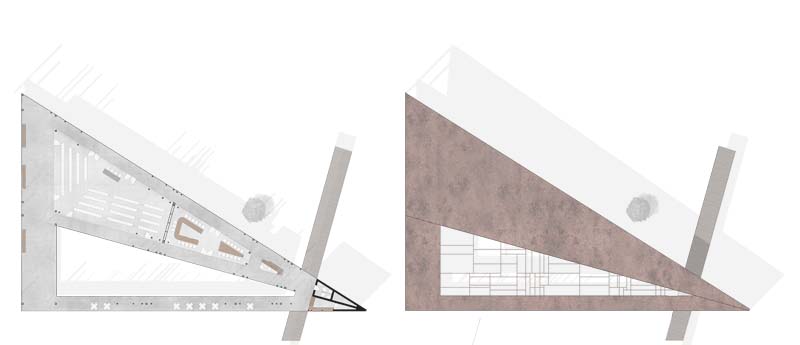

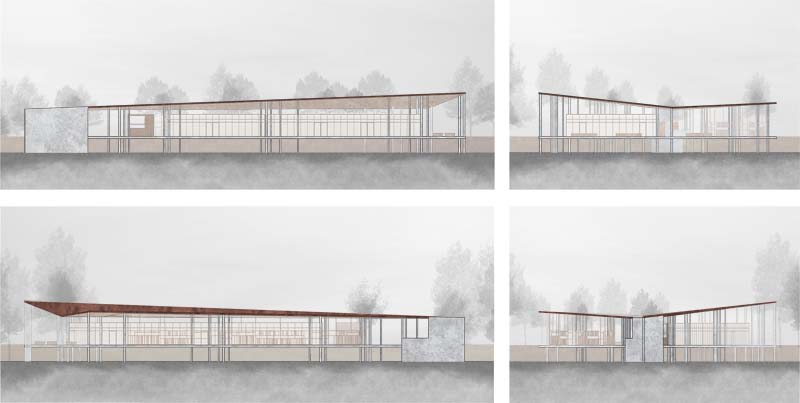

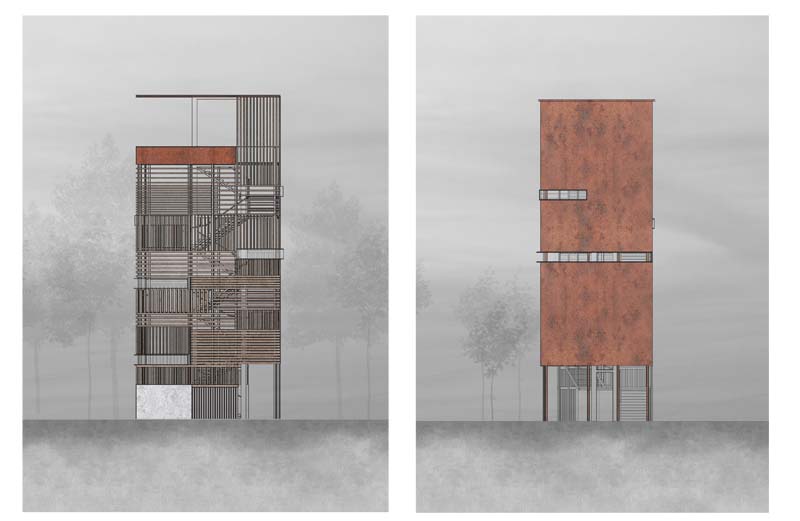

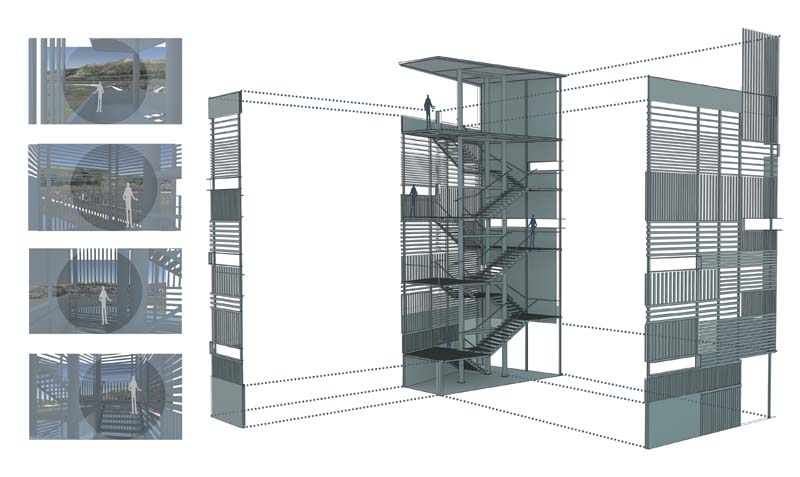

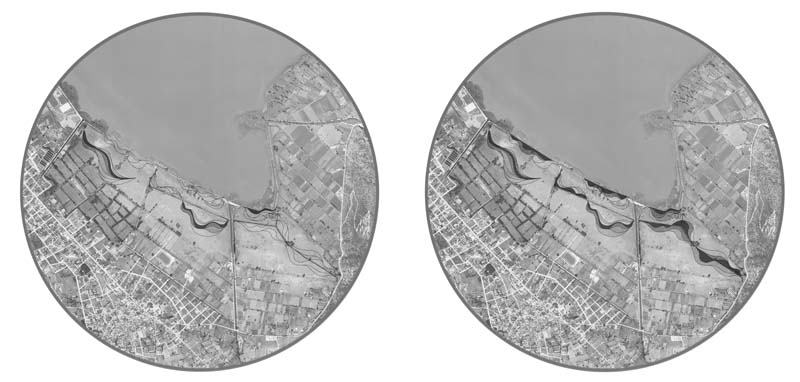

The present diploma project focuses on the city of Ioannina, Greece, and more specifically on a suburban, lakeside and public area of 2.000 acres, which in its current situation remains empty of uses and functions. An area that was once considered as a natural continuity of the lake and that was interacting with it in a beneficial, for both sides, manner, it is presented nowadays degraded due to human interference against natural processes.
Our proposal involves the regeneration of this specific region and its conversion to a pole of attraction for the people of the whole city. The area is going to function as an Environmental, Wetland’s Park. Its design complies with the principles of a more sensitive approach, while the restoration of the ecosystem and its former character become some major themes to be concerned. The interventions proposed relates to evidence derived from a theoretical survey and to conclusions made by the analysis of data of the area.
Above all, a system is formed which incorporates and manages water in the park and includes stabilization lakes, wetlands and flooding grounds that differ throughout the seasons, providing a constantly changing scenery. All around this system, a movement network is established that is either touching the ground or rising above it. These routes are connected to two building proposals. The first one refers to a pavilion, designed as a sheltered, open-space viewing platform. It hosts an info point, an auditorium, a workshop classroom, exhibitions, a small cafe and wc. The second building is a viewing tower which provides different aspects of the park. All over its base, an outdoor, irregular amphitheater is created. Last but not least, the interventions are completed by a vegetation planning of the area.
Supervisor: Manolidis Kostas
Reference Number: 727
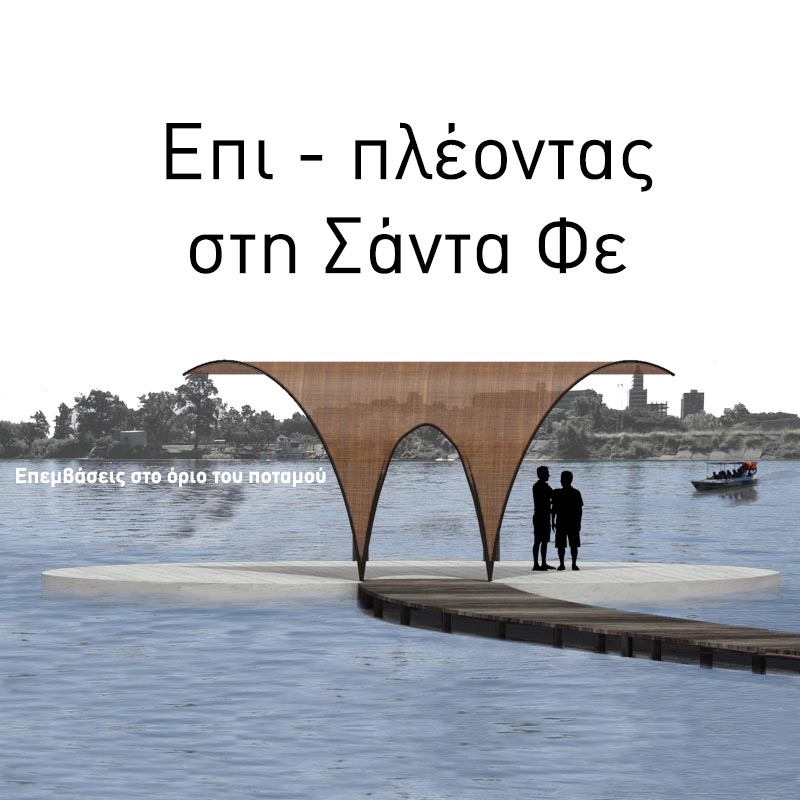



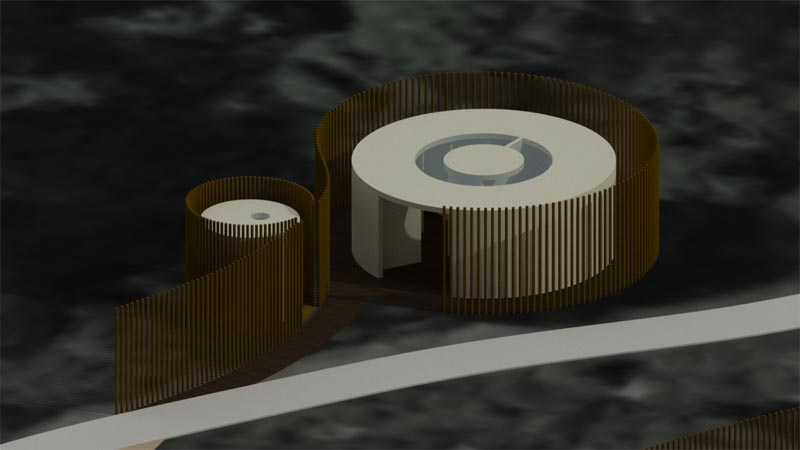





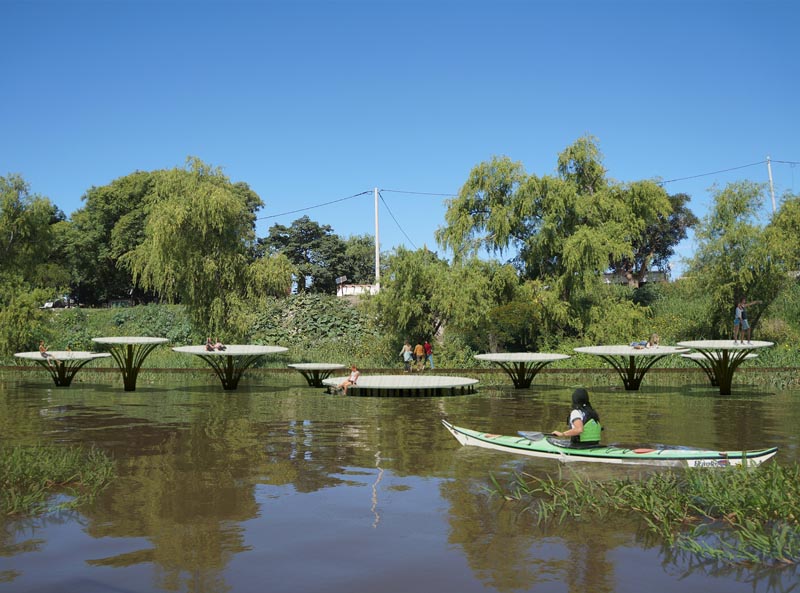

The subject of my diploma thesis arose after my participation in the ERASMUS + INTERNATIONAL MOBILITY program in collaboration with the “Universidad Nacional de Litoral” of Santa Fe. Having had the opportunity to live in this Argentinean city for a while, and through my personal experience, an idea was created, that was profoundly investigated and finally shaped as such.
The proposal includes an attempt to connect urban and aquatic environments and consists of two parts. Firstly, the water itineraries on the river, as an alternative way of commuting with floating public transport, and secondly the remodeling of the river shoreline with land routes, along with the appropriate infrastructure to complement the proposed program. Within the city and along the river, sites of interest are identified, due to their location and functionality as well as in relation to their surroundings. There are proposed the stops of the water routes, which are framed by a conjunction of uses and interventions, fully integrated into the landscape and adapted to the needs of the inhabitants, always considering their habits and the needs of their culture. As far as the new additions are concerned, a recurrent vocabulary with engravings and formations is created, clearly influenced by the morphology of the area and the elements of the natural environment. To sum up, the project aims at upgrading underdeveloped areas, outside the city centre, by connecting key positions on its map and facilitating the access to them and simultaneously improving the quality of life of the inhabitants. Moreover, the exploitation of the unique natural wealth of the wider region, and the way in which the water element coexists and connects with the urban fabric, both play a significant role.
Therefore, the main aim of my diploma thesis is to create a dialogue with the landscape, by redefining the boundary line between water and land of the city of Santa Fe.
Supervisor: Papadopoulos Spiros
Reference Number: 758


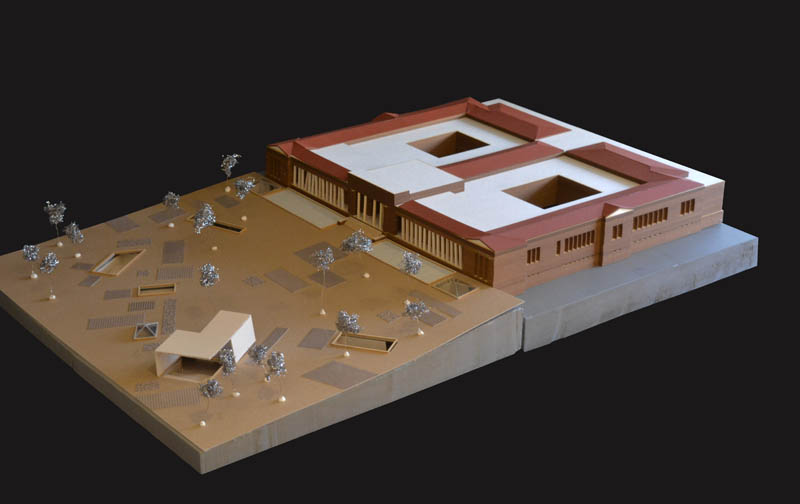

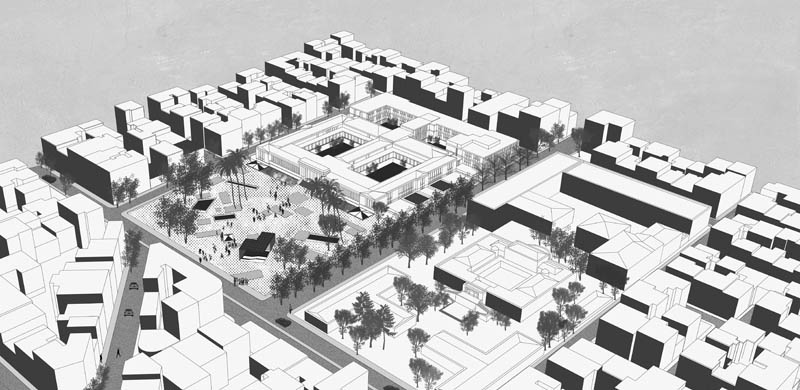







The proposal consists of a triple intervention scale. Starting from the city scale, a site of public expression and activity is proposed, upgrading the yard of the National Archaeological Museum, making it open and accessible to all potential subjects who may visit it, aiming to highlight a new point in downtown Athens. Continuing on the building scale, there is an expansion of a section of the museum's basement, with the aim of increasing its storage space, resulting in a sequence of new underground rooms across the courtyard. The design morphology is inspired by the condition of the excavation and the traces it leaves on the ground.
The rationale with which the sites succeed each other follows the practice of archaeological research. The subject now, identified with the archaeologist's treat is called upon to explore this new narrative path. Collecting and revealing fragments from the stock in the museum's warehouses, the visitor / archaeologist prepares to discover the information hidden from the archive of the official exhibition. Taking into account the existing mechanism for recording the exhibits, a new live, dynamic archive is created, which is evolving with time and comes to enrich the old one.
We collect the different, temporal and historical moments of the findings up to day, proving their ever-evolving narrative. Consequently, a new stimulus is created and ultimately a new imprint on the visitor's memory.
Supervisor: Kotionis Zissis
Reference Number: 773






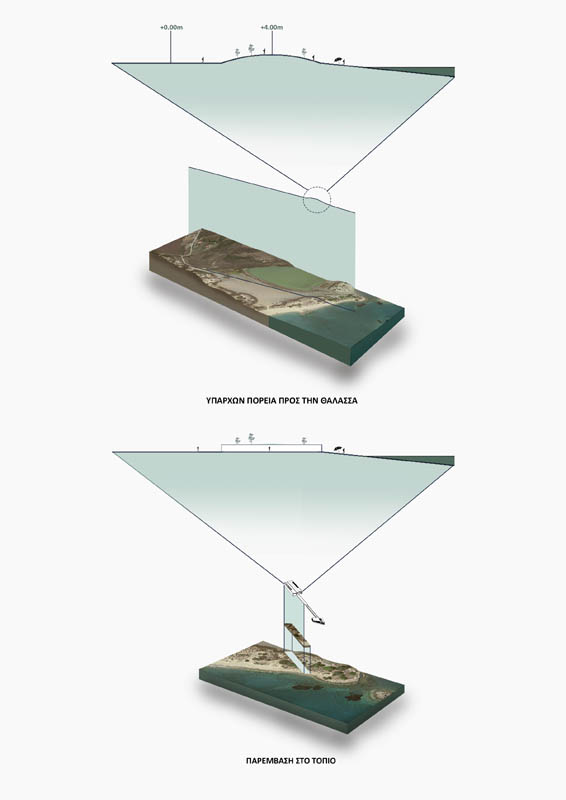

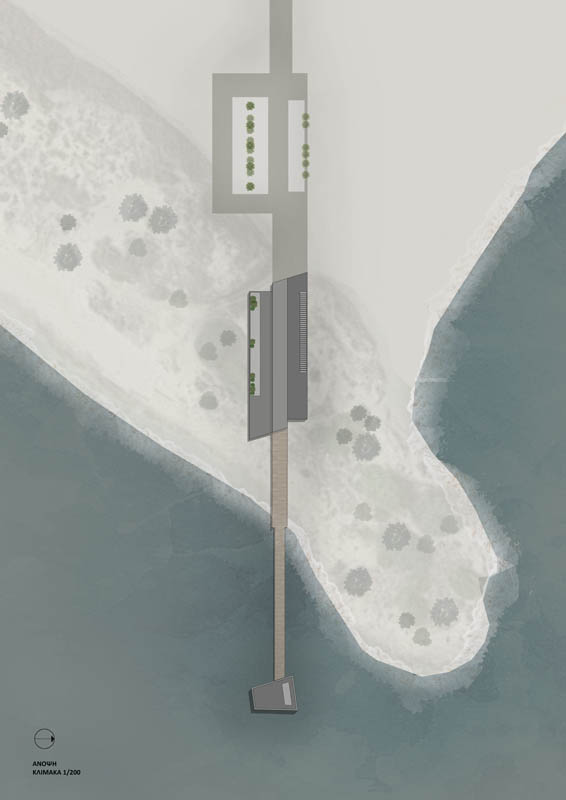



Through this investigation of the current situation in the area of Pavlopetri, this thesis attempts, through assumptions and actions, to re-energize part of the overall activity of the bay and the approach of the archaeological site. This is achieved by installing multiple actions on the coastal front. The result of these actions is the promotion of the archaeological site to a cultural and controlled tourist attraction and the added value in the wider area. The creation of a museum on the edge of the seaside front, spread across the sea via a platform, leading the visitor to a floating guide to the underwater archaeological site of Pavlopetri, focuses on the user's immediate contact with water and the archaeological element in order to the visitor to be confronted with the sensation that results when these two elements come together.
Supervisor: Paniyiris Costis
Reference Number: 775


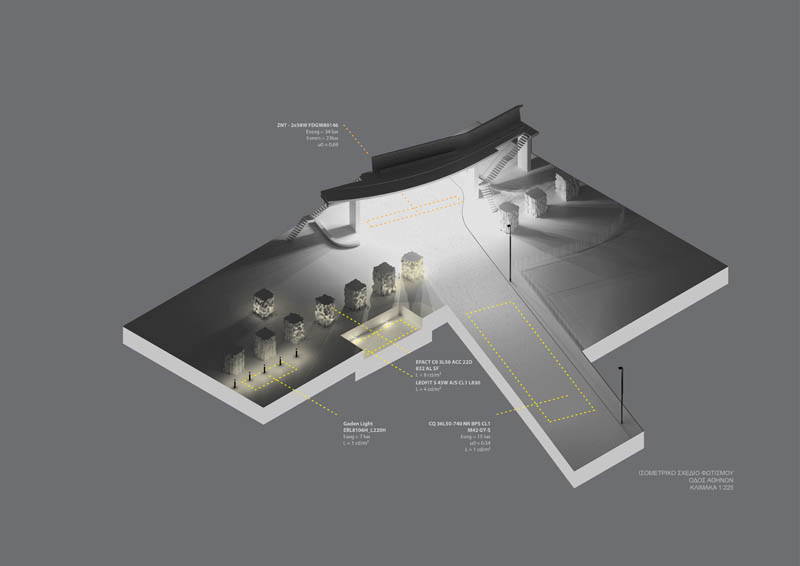

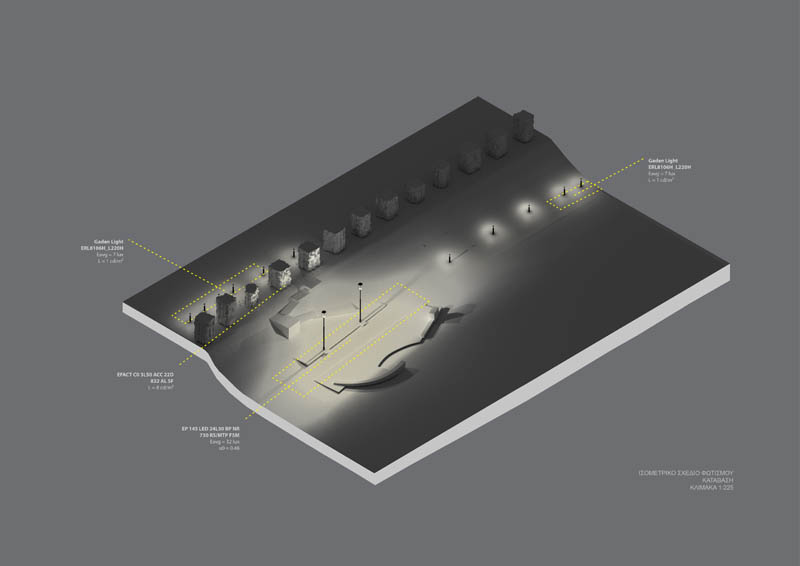

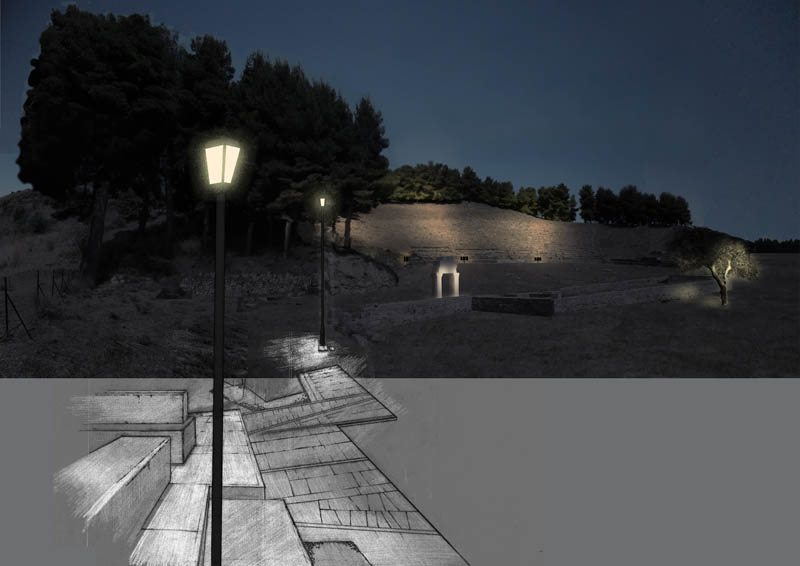

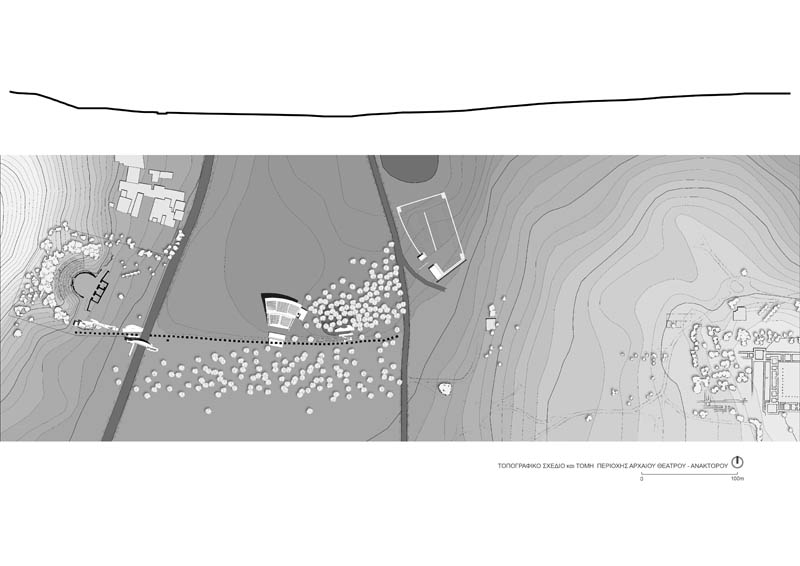



Just a few minutes from Volos, at 3.9 kilometers in the direction of Athens, lies the archaeological site of Demetrias. The Macedonian king Demetrios founded the city of Demetrias on 294-292 B.C. in the region of Pefkakia and Neai Pagasai. The existence of the Anaktoron testifies to the great strategical role of the city. To the north of the Anaktoron was the port; to the west, along the path signaled by the remnants of the roman aqueduct’s pillars, was the Theater, which is the subject of this project.
The ancient theater is situated on the side of the Athinon highway and is totally exposed. Upon request, the site accepts visitors, but there is a striking lack of basic infrastructure. Despite this, when discussing with local residents, it is evident that a considerable party of the folk is unaware of the theater’s existence. It is believed that the absence of a night-time lighting system only adds to this problem. Such conditions sparked up this project.
All work done on this project is based on the drawings of archaeologist P. Marzolff (1980), to which I gained access through the Thirteenth Ephorate of Antiquities. Upon doing research in-situ, taking interviews from experts and studying the available bibliography, the requirements of the region and the architectural practices to be followed were determined. The project consists of two major branches: the architectural design and the lighting design. Starting from the center of the archaeological park, the visitor takes the path by the pillars on the way to the theater. Interludes along the way show the way and accommodate visitors and archaeologists alike. The interventions near the theater are modest. With the aid of the lighting system, this proposal hopes to breathe life to the site both day and night.
Supervisors: Kanarelis Theoklis, Tsangrassoulis Aris
Reference Number: 742


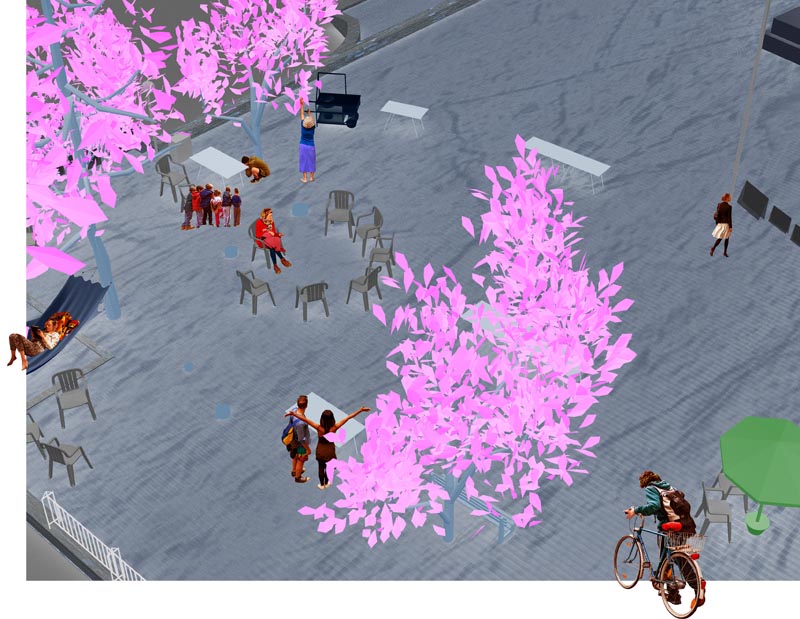

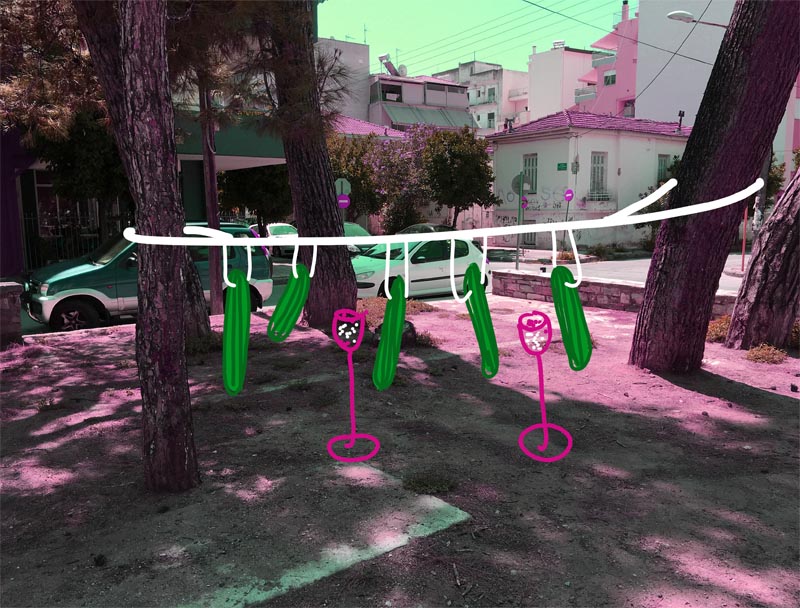





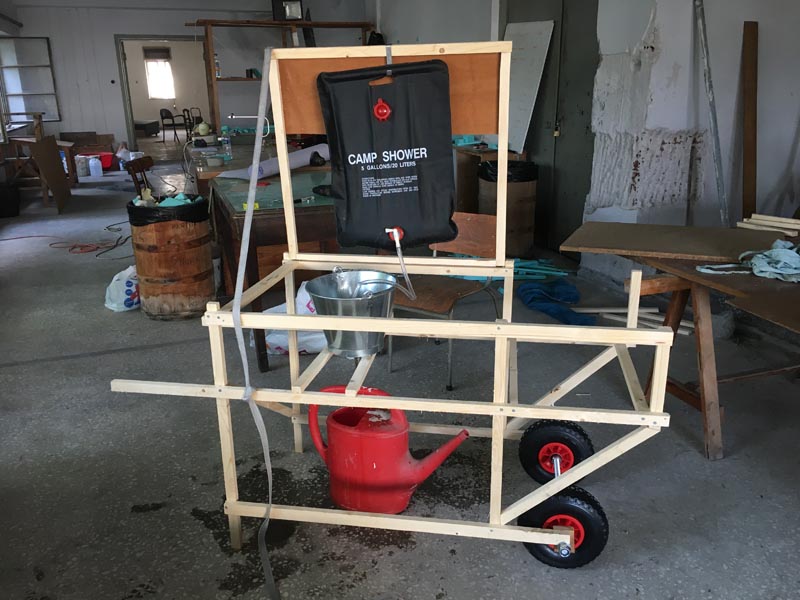

This research investigates the creation of spaces of experience, action and practice. It focuses on the search of a village inside the urban environment. The main goal is to identify and activate the network of subjects in the area of Analipsi, Volos. The network is determined as all the residents, employees, passers-by, clients in the neighborhood. All the information that has been collected is part of our personal experience as residents and employees in the neighborhood. The collected material depicts the present situation of the studied space. The goal is to establish an active network that (re)acts in the public space, organizes discussions/ activities and potentially creates groups. Each and every phase of the study is linked to the previous one. The research consists of the neighborhood’s elements and the neighborhoods lives, without whose participation it would not have been successful.
Additionally, the research studies the concepts of surveillance, observation and gossip through the dipole of digital and analog reality. These two worlds coexist in the neighborhood. We perceive the digital surveillance as the security cameras and analog surveillance as the neighborhood bio-cameras/ humans. Furthermore, the digital profiles in comparison to analog profiles, and the distribution of information retrieved from them. Social media - as our digital footprint - is as powerful as our analogue profile. Moreover, we identify certain situations as non-normalities. These are elements that are "out of the ordinary" or events that define the neighborhood.
The final product is a manual of instructions for planning neighborhood meetings, connected with the experimental example of one in the neighborhood of Analipsi. The manual scatters across the city like a germ that invites the neighbor to act in public space.
Supervisors: Kotionis Zissis, Mitroulias Giorgos
Reference Number: 763


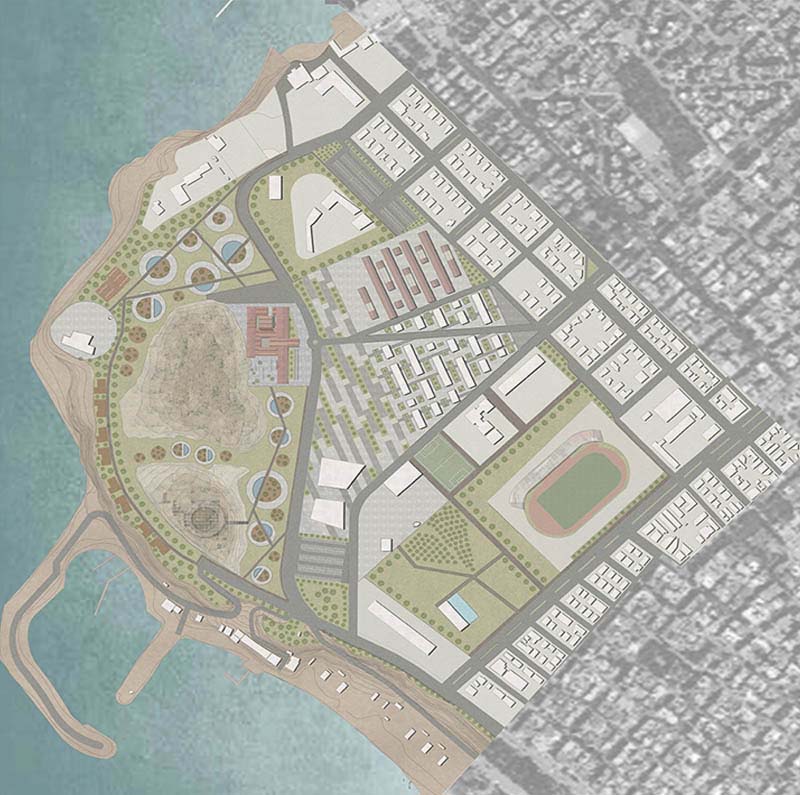

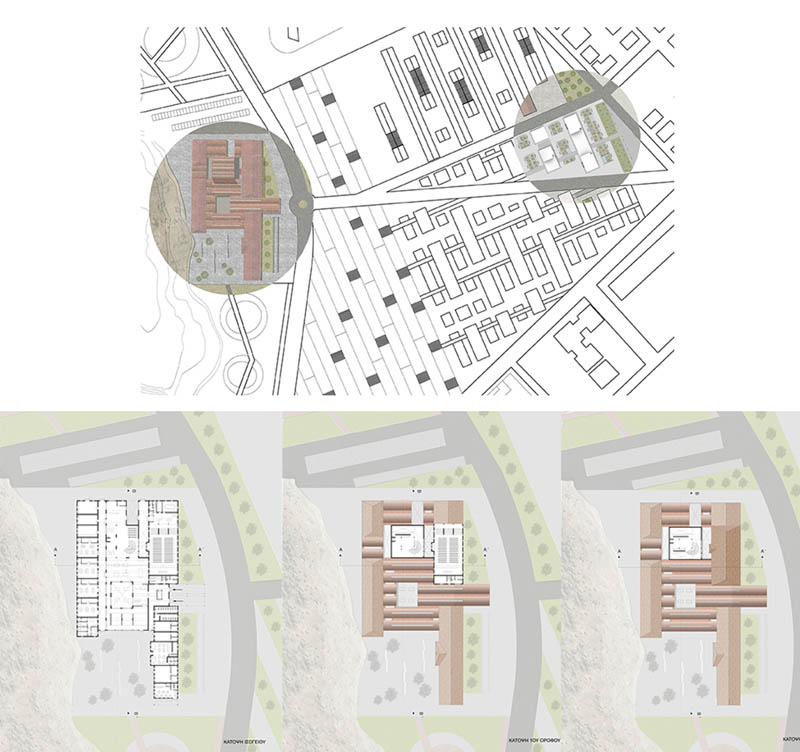



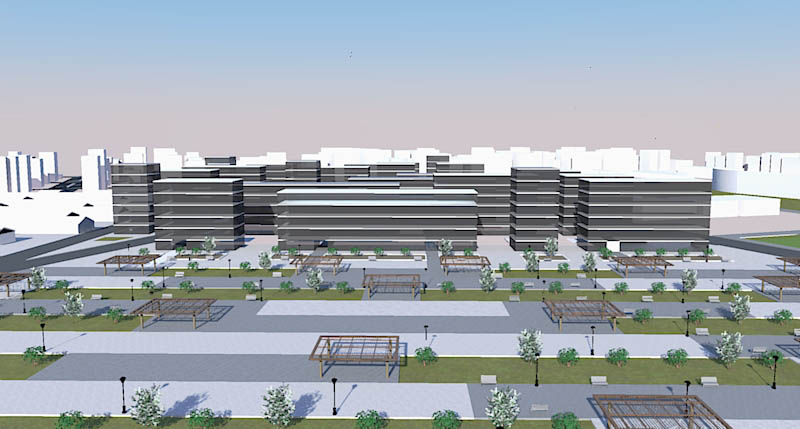



The large number of inactive and unused military camps in the city of Thessaloniki, coupled with the urgent need for more green and leisure spaces, make it necessary to utilize the above areas.
Due to the recent concession of the former Kodra military camp in Kalamaria for 99 years, the present architecture thesis focuses on the redevelopment of those approximately 203 acres. An area, whose management is a challenge due to its unique features, but also to its important buildings and archaeological site. The current abandonment view, which reveals a multitude of garbage and illegal operations by residents installed in buildings, eliminates the importance of preserved buildings and prevents the area from being recognized as a source of nationwide green, despite its extremely important historical background.
The proposed redevelopment includes a large park and two squares, one large and one smaller, whilst the building segment includes both social, educational and cultural structures as well as private residences with public uses on the ground floor.
The design is divided into three zones. The first concerns the continuity of the city, as a smooth transition and reintegration of the camp into the urban fabric of Kalamaria. The second concerns the creation of a recreation park, a design inspired by the archaeological service's depictions of cellular semi-underground structures. Creating park paths that lead to the neoclassical government building, also known as Palataki, aims to highlight the historical significance that dates back to the 1950s and can be a tourist pole for the region. Finally, the third zone is a continuation of the existing educational character, with the addition of a small stadium and a building designed to meet the needs of the students, while separating the main square from the residences behind Kalamaria Stadium.
Because of these three separation zones, two major traffic routes were created with different identities, one through the houses and the other crossing the whole camp. At the union of those two, is being dispayed the landmark project the landscape of the project, the museum.
Supervisors: Trova Vasso, Micocci Fabiano
Reference Number: 772

